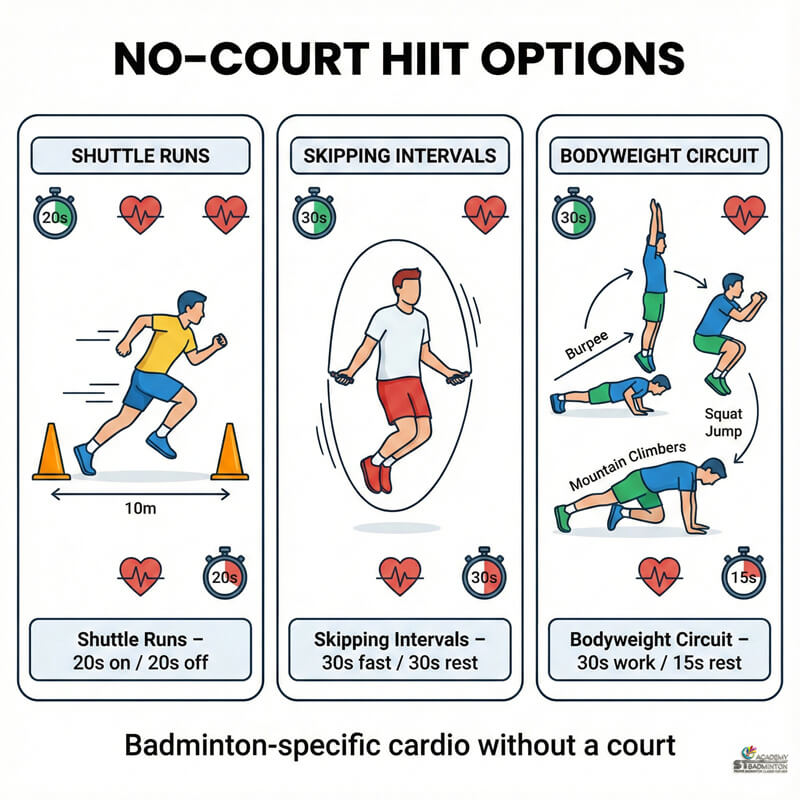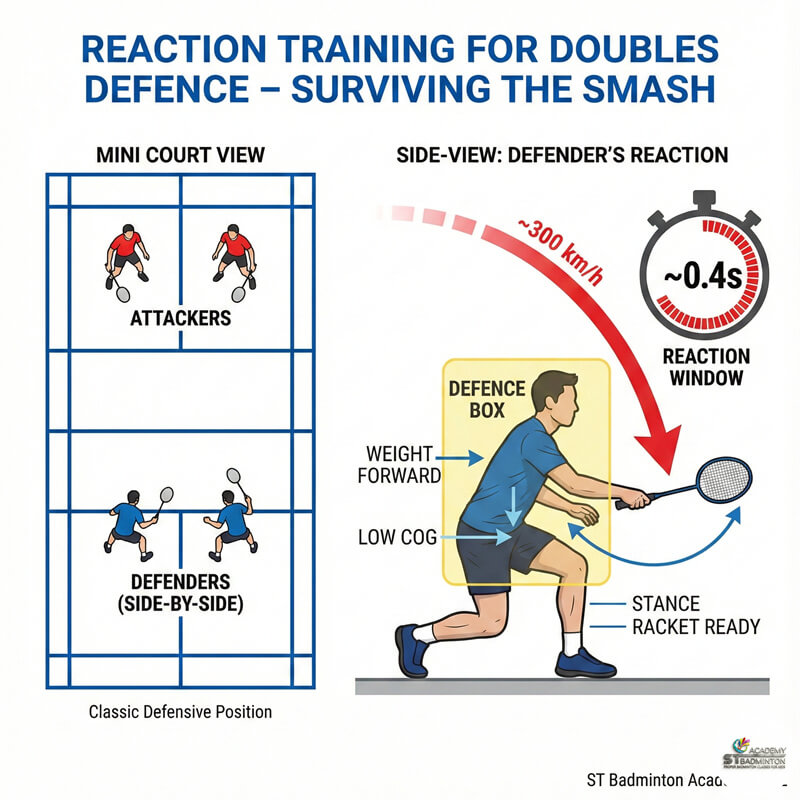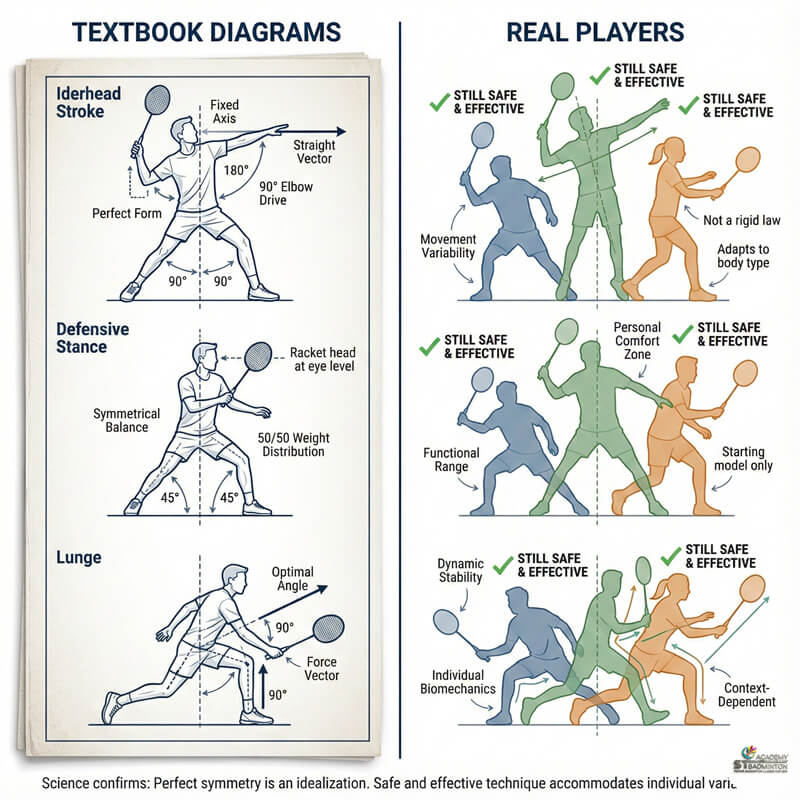Welcome to ST Badminton Academy’s badminton training in Malaysia! Are you looking to take your badminton skills to the next level? One of the most important decisions you can make is whether to focus on singles or doubles training. Understanding the key differences between them will help you decide which type of training is best for you and your goals.
In this article, I’ll explore what sets singles and doubles badminton apart from each other so that you can understand how they differ in terms of technique, strategy, and skill development. With this knowledge, you’ll be better equipped to hone your badminton game no matter if it’s singles or doubles that get your blood pumping!
Court Size And Layout
When it comes to playing badminton, the size and layout of the court can make a big difference when training. For singles, you’ll need a 17×44 ft court with shuttlecocks that are designed specifically for singles play. This means shuttlecock selection is key – so be sure to pick one up before getting started!
When playing doubles, however, the court has to be larger: 20x44ft. It’s also important to note that there are different rules when playing singles or doubles; for example, in singles, all four corners of the court should remain open while in doubles two diagonal corners may become blocked by players.
Equipment selection is another factor to consider when deciding whether to train as a single or double player. Singles often use smaller rackets than doubles players since they have less space on the court and more overhead shots need to be executed quickly and accurately.
Also, because of the speed at which rallies move back and forth during singles games compared to those played by teams, lighter shuttles tend to work best. On top of this, during doubles matches heavier shuttlecocks are used as well as bigger racquets due to their increased reach over wider net areas.
It’s clear then that there are numerous differences between training for singles versus doubles badminton. To ensure optimal performance on both courts, it’s essential that appropriate equipment is selected based on what kind of game you’re looking to practice or compete in. With these considerations taken into account, let’s now move on to discussing how many people actually take part in each type of match.
Number Of Players
When it comes to badminton training, singles, and doubles require a completely different approach. In singles play, the main emphasis is on net play – having quick reflexes at the net will be key in this game. You’ll also need good court positioning so you can be ready for any incoming shots from your opponent. I emphasize that players practice their footwork drills regularly during single’s training sessions, as being able to move around quickly and accurately will give them an edge over their opponents.
In doubles matches, however, both teams come into play which makes it more tactical than singles. Here, teamwork and communication are essential elements of success; players must work together to cover all parts of the court while anticipating what shots their opponents could make next.
One indicator of a great team is how well they work together when defending against powerful smashes or tricky drop shots. It’s important too that each player understand where they should stand in relation to the other three people on the court, so netplay and court positioning become even bigger factors in winning these games.
Serving and receiving play an integral role in badminton no matter if it’s a singles or doubles match – knowing how to effectively serve or return serves can make the difference between winning or losing points!
Serving And Receiving
Singles and doubles badminton training have some different strategies, but the focus of each game is similar. When it comes to singles play, there’s a lot more emphasis on net play since you don’t have a partner covering one side of the court.
This means that players must be able to react quickly when their opponent moves near the net or if they’re attempting a tricky shot. Footwork drills become even more important in this case as well because proper positioning can make all the difference between winning and losing points. Here are a few key points for improving your footwork during singles:
| Footwork Tips for Improved Badminton Performance | Footwork Guidelines |
|---|---|
| Preparation with Foot Movement | – Emphasize moving feet before hitting the shuttlecock to swiftly get into position. |
| Prioritize Quickness Over Power | – Focus on agility rather than power, as quick movements enhance the ability to reach shots more efficiently. |
| Diagonal Court Movement Practice | – Engage in drills that involve moving diagonally from corner to corner across the court, refining footwork for comprehensive court coverage. |
| Directional Adjustment Mid-Stride | – Develop comfort with adjusting direction mid-stride to maintain balance while maneuvering on the court. |
Meanwhile, having two people on each side opens up entirely new possibilities for attacking and defending during doubles matches. For example, both partners need to move together at times to cover either side of the court depending on where their opponents hit the shuttlecock. Because of this team dynamic, communication becomes an important part of doubles practice too. To improve your footwork while playing doubles, these tips should come in handy:
| Key Strategies for Successful Doubles Play in Badminton | Strategic Guidelines |
|---|---|
| Positional Awareness | – Ensure both players maintain awareness of their positions on the court at all times during doubles play. |
| Teamwork and Coordination | – Emphasize teamwork by coordinating movements and using signals when necessary. – Develop a synchronized approach to enhance overall team performance. |
| Reflex Practice | – Focus on reflex training, practicing quick returns of smashes back overhand without hesitation. |
| Opponent Analysis | – Encourage players to analyze opponents’ shot patterns and adapt strategies accordingly during the match. – Stay observant of opponents’ tendencies for effective shot anticipation. |
| Mobility and Court Movement | – Acknowledge the significance of mobility and court movement in achieving success in both singles and doubles badminton. – Hone agility and quick movements for strategic court coverage. |
Mobility And Movement
When it comes to badminton training, there is a world of difference between singles and doubles. In singles, your mobility and movement are more important than anything else – you need to be able to move around the court like lightning! With fast footwork drills and perfect body balance, you can outmaneuver any opponent. My clients have often told me that mastering these fundamentals has helped them take their game to the next level.
In doubles, on the other hand, movement isn’t everything; in fact, having great communication skills with your partner is just as crucial as having quick feet. You must learn how to work together in order to gain an advantage over your opponents. That being said, agility will still help you get ahead: every time you make contact with the shuttlecock you should strive for maximum efficiency by staying light on your feet when reaching for shots or covering your half of the court.
It’s essential for all players (especially those playing competitively) to practice both their technique and strategy regularly if they want to excel at this sport. Knowing where each shot should land allows players greater control over rallies and gives them an edge during matches. So don’t forget about honing your strategies and tactics – even if it takes a little extra effort!
Strategies And Tactics
When it comes to badminton training, singles, and doubles play present different challenges. As a trainer/instructor, I focus on helping players develop the skills needed for either format of the game. Here are some strategies and tactics that separate singles from doubles:
| Badminton Skill Emphasis in Singles and Doubles Play | Skill Development Tips |
|---|---|
| Skill Development in Singles Play | – Emphasize court coverage for singles players, focusing on swift movement from side to side across the entire court. – Train players to return shots aimed at any part of the court efficiently. |
| Net Play in Singles | – Enhance agility and footwork around the net for singles players due to the absence of a partner’s protection. – Teach singles players how to strategically attack at the net to avoid being outmaneuvered by opponents’ quick reflexes or placements along the sidelines. |
| Skill Development in Doubles Play | – In doubles, players must cover their respective sides of the court while maintaining teamwork. – Encourage effective communication between doubles partners to coordinate actions and strategies against opponents. |
| Net Play in Doubles | – Stress the importance of communication between doubles partners before volleying over the net. – Preparation is key to counteract opponents’ potential strong shots and maintain control during rallies. |
These guidelines highlight the specific skill development needs for singles and doubles play in badminton, emphasizing court coverage, net play strategies, and effective communication between doubles partners.
These two factors – skill development and net play – form a major difference between singles and doubles badminton training. Having knowledge about these elements will ensure your success no matter what type of game you’re playing!
Shot Selection
Playing badminton requires a unique skill set, and the differences between singles and doubles training are absolutely key. Singles games require agility and quick decision making while doubles force players to work together in order to outsmart their opponents. It’s like two completely different sports! When it comes to shot selection, both styles of play need careful equipment selection and precise shot placement – but they approach them differently.
In singles matches, fast-paced action is essential for success; as such, smashes must be powerful yet accurate so that your opponent can’t return them. In addition to this, clear shots must also be placed strategically around the court – meaning you have very little time for judging distance or direction when returning shots. On the other hand, doubles games call for more calculated shot placements with an emphasis on team coordination rather than individual power. Here, smashing is used mainly to disrupt your opponents’ formation, and sending clear shots deep into their side of the court often works best since your partner has some time to prepare for a return.
Switching up strategies mid-game is important too: whether it’s varying the speed of returns or using angled clears instead of straight ones – these small tweaks can make all the difference when playing either type of game. To take full advantage of these tactics though, players must understand how each style of play differs from one another and master their own personal skillset accordingly. With practice and dedication, mastering both singles and doubles badminton will soon become second nature!
Mental Approach
Now that we’ve discussed the differences in shot selection between singles and doubles badminton training, let’s take a look at how a mental approach can affect your performance. Mental attitude is just as important in badminton as it is in any other sport – if you don’t have the right mentality then it will be difficult to stay focused on the task at hand. Game psychology plays an important role here; understanding when to make aggressive shots or defensive ones, when to press for points, and when to conserve energy are all key elements of having a successful mindset during a match.
It’s essential that players use their experience and knowledge of the game to determine which strategies they should employ in specific situations. For example, if you’re playing against someone who likes to attack with power shots most of the time, it may be worthwhile to try a more defensive style so that you can catch them off guard from time to time.
On the other hand, if your opponent prefers slower rallies then relying too much on defense could result in long points full of unforced errors. Understanding your opponents’ tendencies is vital for making smart decisions and staying one step ahead of them throughout the match.
Having good court awareness also helps boost confidence levels since it allows players to anticipate where their opponents will hit next instead of simply reacting to each shot without thinking. To help further develop this skill set, visualization exercises before practice or matches can help create strong mental images which can provide helpful cues while out on the court.
With enough focus and dedication, anyone can become proficient in mastering both physical preparation and mental approach techniques needed for maximizing success in badminton.
Physical Preparation
Playing badminton is all about footwork and rallying. So, when it comes to training, these two elements are key if you want to be a successful player in singles or doubles.
Singles players, need to focus on quick reactions and agility drills that will help them cover more ground quicker. Footwork drills such as side shuffles, cross-overs, jumps, and sprints should be used to develop their movement around the court. Similarly, for rally drills, they need to work on improving the speed of reaction with low shots and also practice tricky net shots. This will help them gain an advantage over their opponents during matches.
On the other hand for doubles players, accuracy and precision become much more important than speed so there needs to be a heavier emphasis placed on technique rather than physicality. Specifically focusing on movements like split steps and small hops can help improve coordination between partners while drilling repetitions of certain shots can give them an edge at critical points within games. As well as this, engaging in short rally exchanges enables players to get into match rhythm quickly which is essential for success in competitive play.
In summary then – whether playing singles or doubles – each discipline requires very different preparation methods but both must ensure that footwork and rallies remain central components of their training program.
Frequently Asked Questions

How Often Should I Practice Badminton?
When it comes to badminton practice, the amount of time you put in is just as important as how often. Depending on your goals and skill level, I would suggest that beginners should aim for at least two times a week with an hour or more dedicated to each session.
This gives enough time to focus on mental preparation, footwork drills and other necessary skills while still allowing plenty of rest days between sessions. Of course, this may vary depending on whether you are playing singles or doubles – there are key differences between both types of training which will be discussed in detail later.
What Type Of Racket Should I Use For Singles And Doubles Badminton?
When it comes to badminton, choosing the right racket is essential. Other than choosing a good racket and also remember to choose the best racket restring in Singapore. It’s one of the most important pieces of equipment you’ll ever purchase and can make a huge difference in your performance on the court.
For singles play, I recommend using a light-weighted racket with an even balance. This will help you quickly maneuver around the court as well as enable powerful net shots and footwork drills. When playing doubles, use a slightly heavier racket with more head weight; this will allow for increased power during smashes while also giving greater control over volleys at the net. No matter which type of game you are playing, having the correct racket is key!
What Is The Best Way To Warm Up Before A Badminton Match?
When it comes to warming up for a badminton match, I highly recommend doing some footwork drills. This will help improve your court strategy and give you the necessary agility to move around the court quickly during your match. Additionally, dynamic stretching can help activate muscles that are used in badminton as well as loosen any tightness or restrictions prior to competition.
Focus on maintaining good posture and taking deep breaths throughout all of your warm-up activities – this is key! Doing these things before a match will make sure you’re ready to go come game time.
What Type Of Clothing Is Most Suitable For Badminton?
When it comes to badminton, the right clothing can make or break your game. Just like a warrior needs armor for battle, you need the proper attire when playing badminton. You want an outfit that will provide comfort and flexibility as you master tough strategy planning and footwork drills. The best choice is something lightweight with appropriate coverage – shorts are ideal for men and women alike.
Avoid jeans at all cost; they’ll only slow you down during those fast-paced rallies! Lastly, be sure to choose breathable fabric so moisture doesn’t become an issue while training. With the perfect ensemble on, you’ll be ready to take on any opponent in no time!
What Is The Best Way To Improve My Badminton Skills?
If you’re looking to improve your badminton skills, the best way is to practice regularly and focus on developing your footwork drills and strategic planning. When working on these elements, it’s important to remember that repetition is key – so be sure to do a few repetitions of each drill every day. Practicing against an opponent also helps as they can challenge you, while providing feedback on what needs improvement. Finally, don’t forget to have fun! Improvement will come naturally if you enjoy playing badminton.
Learn Professional Single And Doubles in Badminton Training Malaysia
The bottom line is that badminton can be a great way to stay active and have some fun. Whether you’re playing singles or doubles, it’s important to make sure you’ve got the right gear, warm up properly, and practice regularly. With enough dedication, I’m confident anyone can become an ace player – just don’t forget your shuttlecock!
If you need extra help with your game, don’t worry: there are plenty of coaches out there who will happily guide you through all aspects of the sport. So if you want to take your badminton skills up a notch, why not enlist an experienced mentor? Who knows; maybe one day soon we’ll see you competing at the top-level tournaments – now wouldn’t that be something special?





